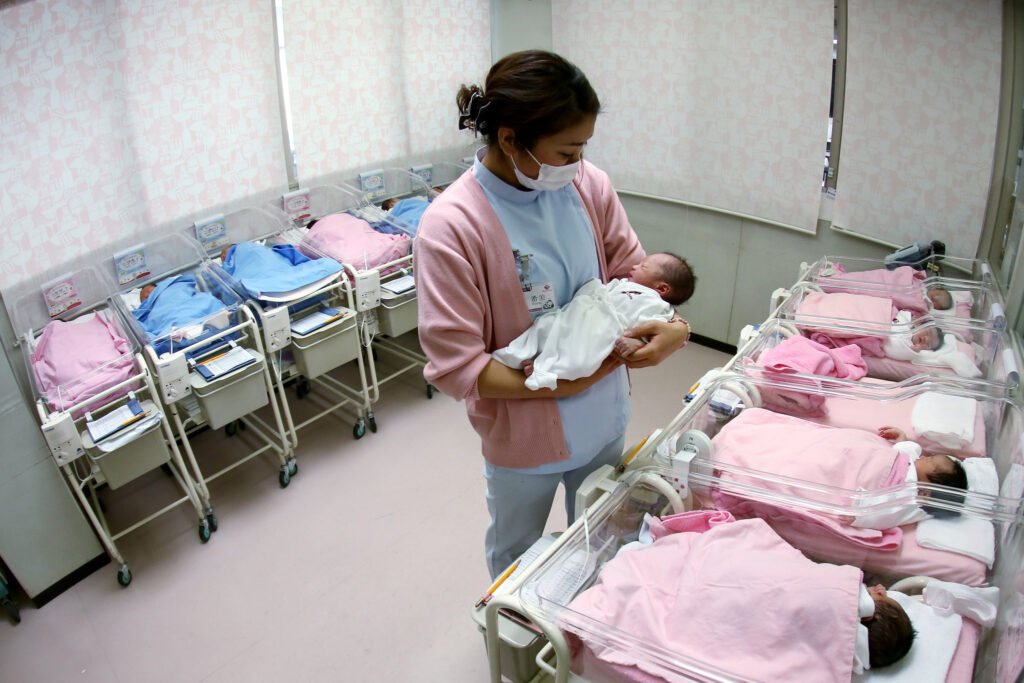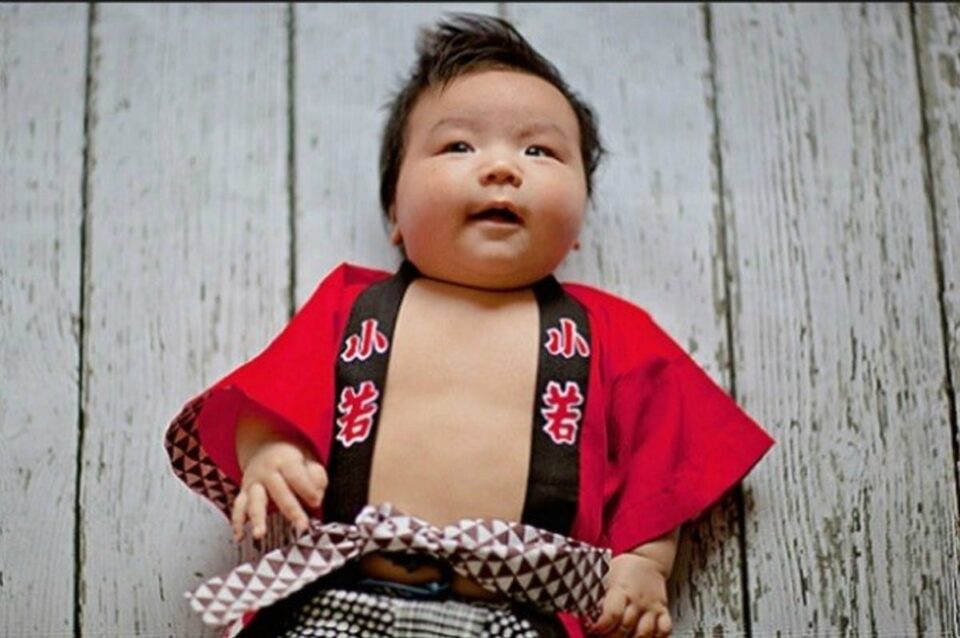On Monday, the prime minister of Japan gave a severe warning on the population crisis, stating that the country was “on the verge of not being able to maintain social services” as a result of the declining birthrate.
Fumio Kishida stated in a policy speech to parliamentarians that the problem must be resolved “now or never” and that it “just cannot wait any longer.”
“We put child-rearing support as our most critical policy in thinking of the sustainability and inclusion of our nation’s economy and society,” the prime minister stated.
A new government agency would be established in April to concentrate on the issue, and Kishida further stated that he wanted the government to quadruple its spending on child-related activities.
Japan has one of the lowest birth rates in the world, and the Ministry of Health projects that in 2022, for the first time since statistics have been kept in 1899, there will be less than 800,000 births there.

Aside from having one of the longest life expectancies in the world, Japan had roughly one in every 1,500 residents who were 100 years or older in 2020, according to government statistics.
With a rapidly aging society, a declining workforce, and insufficient young people to fill the holes in the stagnant economy, these factors have contributed to a developing demographic crisis.
Experts identify a number of causes for the low birth rate. Fewer couples are having children as a result of the high expense of living in the nation, the shortage of space, and the absence of child care help in cities. Urban couples are frequently separated from their extended families, which could be a source of support.
Marriage and having children have become more stigmatized in recent years, with more couples delaying both throughout the pandemic.
Some make reference to the pessimism that many young Japanese people feel about the future because of the strain at work and the country’s economic stagnation.
The World Health Organization (WHO) reported that Japan had the greatest number of COVID-19 cases in the world, 970,000, between July 18 and July 24.
The government is paying families to flee Tokyo because it is so crowded.
Since its asset bubble broke in the early 1990s, Japan’s economy has stagnated. According to the World Bank, the nation’s GDP growth dropped from 4.9% in 1990 to 0.3% in 2019. According to data from the Ministry of Health, Labor, and Welfare for the year 2021, the average real yearly household income decreased from 6.59 million yen ($50,600) in 1995 to 5.64 million yen ($43,300) in 2020.
Over the past few decades, the government has initiated a number of steps to counteract the population loss, including new laws to boost child care services and housing options for families with children. Even now, some small villages in the countryside are paying local couples to have children.

Other regions of East Asia are also concerned about changing demographics.
With data from November 2022 showing a South Korean woman will have an average of 0.79 children in her lifetime, considerably below the 2.1 required to maintain a stable population, South Korea just shattered its own record for having the lowest fertility rate in the world. The United States has a fertility rate of 1.6, while Japan has a rate of 1.3.
For the first time since the 1960s, China’s population decreased in 2022, compounding the country’s problems as it tries to recover from the pandemic. The last time its population decreased was in 1961, when a famine across the nation claimed the lives of tens of millions of people.




